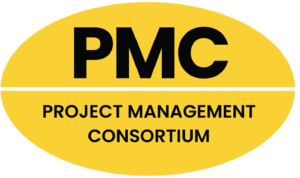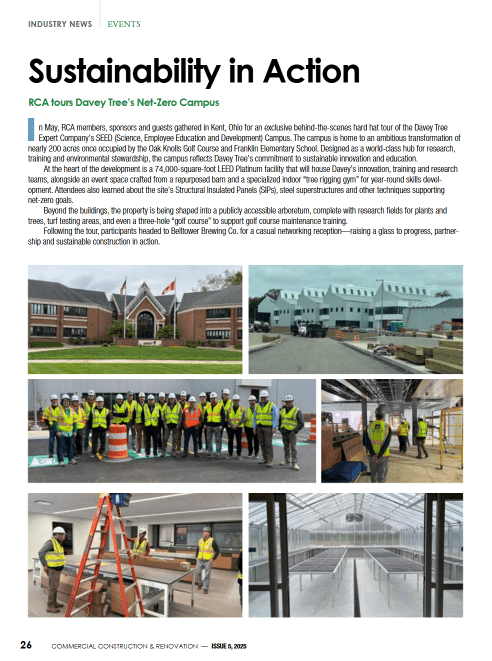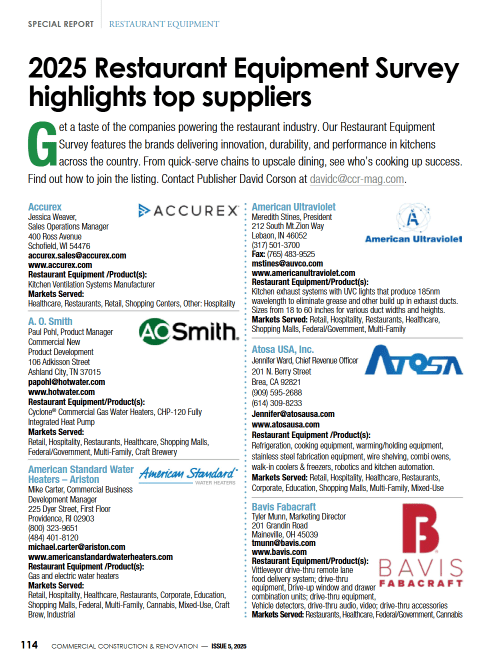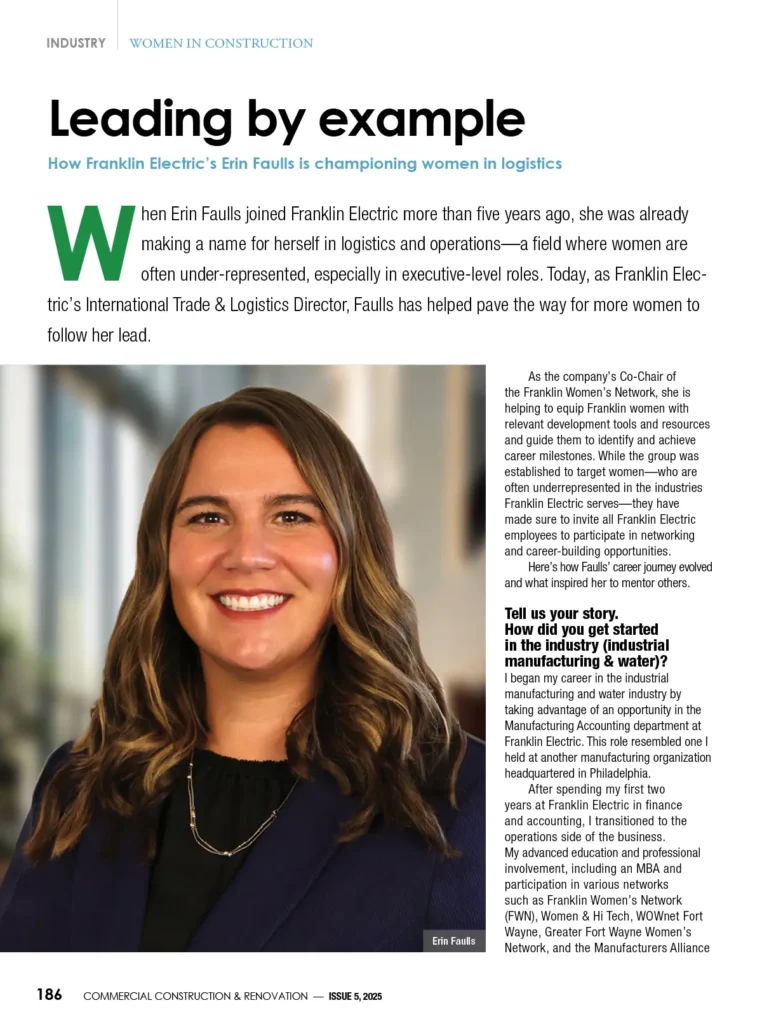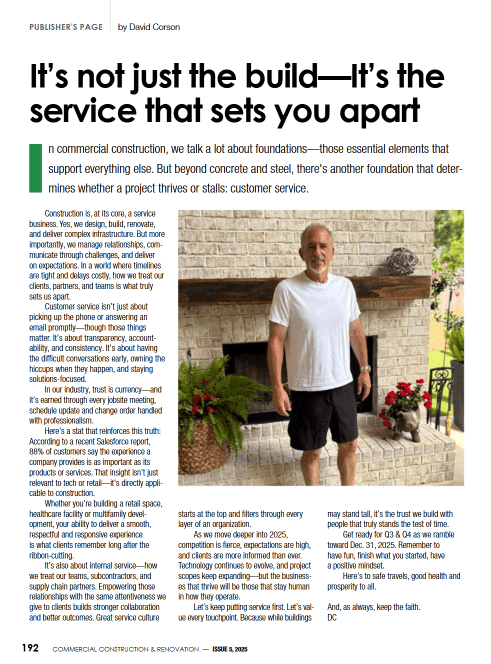Cost estimation services can play a significant role in making the construction project successful. In the past decades, it has made significant importance in countries like the USA, where construction estimation services are at their peak and demand for estimating services is increasing.
Before choosing the estimating services, there are some things that contractors need to correct and end up with inaccurate estimates, which can cost more money than usual or increase in chances of budget management.
In this article, let us get into the guide what estimating services and common mistakes made by contractors and homeowners.
What are Estimating Services
Estimating services refers to calculating and determining the cost of a construction project, product, or service.
This can involve various aspects such as materials, labor, equipment, and overhead costs. Estimating services are typically provided by construction, engineering, or project management professionals who use specialized software and tools to create accurate cost estimates.
The goal of estimating services is to provide clients with a realistic estimate of project costs, which can help make informed decisions, manage budgets, and reduce risk.
Estimating services are usually provided by construction, engineering, or project management experts with extensive knowledge and experience in the cost calculation.
They use specialized software and tools to produce accurate and up-to-date cost estimates. By relying on the expertise of these professionals, clients can have confidence in the accuracy of the cost estimate and make informed decisions regarding budgeting and risk management.
How do Professionals Estimate the cost of the project?
Professional estimators use various methods and techniques to determine the cost of a construction project. The process typically includes the following steps:
Gathering data and information
This involves collecting relevant data on the project scope, specifications, drawings, and other relevant information that will impact the project’s cost.
Quantifying materials and labor:
Estimators use the information on materials and labor to calculate the costs of these project components. This may involve using detailed construction specifications and manufacturer or market data.
Using software and tools
Estimators use specialized software, such as cost estimating software, spreadsheets, or project management tools, to perform complex calculations and make cost projections.
Applying pricing and cost data
Estimators use data on material and labor costs, along with pricing data, to determine the project’s overall cost. They may also consider factors such as inflation, market conditions, and the cost of equipment and supplies.
Conducting a risk analysis
Estimators assess potential risks that could impact the project’s cost, such as changes in market conditions, unexpected developments, or delays, and incorporate this information into their cost estimates.
Reviewing and refining the estimate
Finally, estimators review and refine their cost estimates to ensure accuracy and account for any project scope changes or conditions.
By following these steps, professional estimators can provide clients with a comprehensive and reliable estimate of the cost of a construction project.
Common Errors In Estimating Services
Here are some of the most common errors estimators make that can ruin a project when they are estimating.
- Inadequate data collection: Estimators should gather as much information as possible about the project, including specifications, drawings, and cost data. If critical data is present, it can result in correct cost estimates.
- Improper quantification of materials and labor: Estimators should use accurate and up-to-date data on materials and labor costs to determine the cost of these components. Miscalculations or incorrect data can result in significant errors in the cost estimate.
- Overlooking potential risks: Estimators should conduct a thorough risk analysis to identify potential threats to the project and their impact on cost. Ignoring risks can result in an underestimate of the actual cost of the project.
- Inaccurate pricing data: Estimators should use current and accurate pricing data for materials, labor, and equipment. The cost estimate will be off if outdated or incorrect pricing data is used.
- Lack of contingency planning: Estimators should plan for unexpected events or changes in the project scope, such as weather delays, unexpected site conditions, or material shortages. With adequate contingency planning, the cost estimate may reflect the project’s total cost.
- Failing to account for all costs: Estimators should ensure that all costs associated with the project are included in their cost estimate, including overhead costs, permits, and taxes. Pay attention to including these costs to ensure an accurate cost estimate.
By avoiding these common errors, estimators can improve the accuracy of their cost estimates and provide clients with reliable information for making informed decisions.
Conclusion
In conclusion, accurate cost estimating is crucial for the success of any construction project. Estimators should be aware of common errors that can impact the accuracy of their cost estimates and take steps to avoid them. By gathering adequate data, quantifying materials, and labor accurately, conducting a thorough risk analysis, using current and accurate pricing data, planning for contingencies, and accounting for all costs, estimators can ensure the accuracy and reliability of their cost estimates. Clients can then rely on this information to make informed decisions and manage budgets effectively. Overall, avoiding common errors in estimating services is critical to ensuring the success of construction projects.










